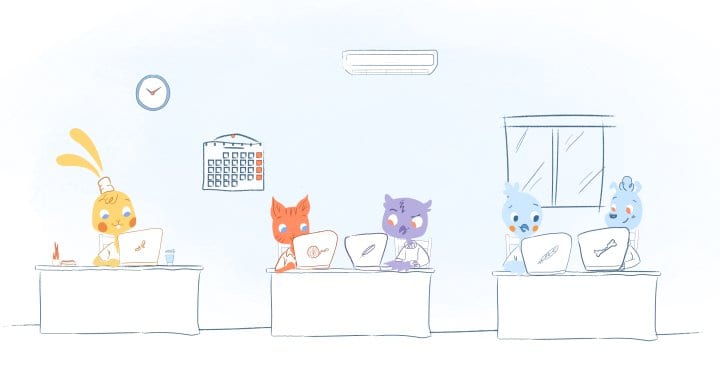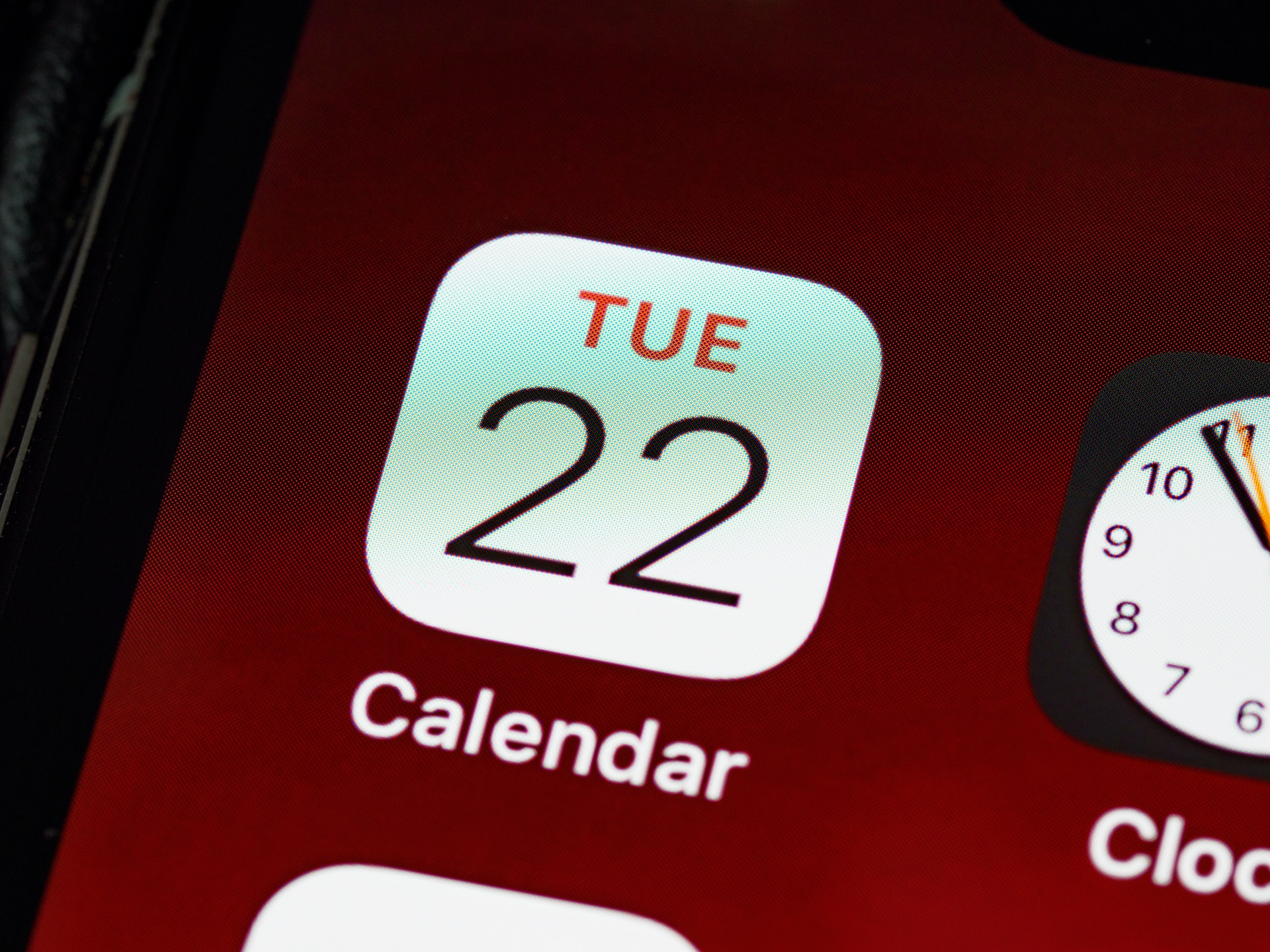

For any business, and startups in particular, productivity is extremely important to being successful in the long run. Unfortunately, a lot of companies unknowingly limit their potential by failing to pay attention to the significance of office design. By understanding the correlation between design and output, you can give your business an advantage.
How Design Impacts Productivity
Up until the late 20th century, the belief was that salary, experience, and innate cognitive abilities were responsible for the efficiency and output of individual employees. And while this is true, a groundbreaking experiment in 1985 revealed that environmental influences are also involved. Specifically, researchers Tom DeMarco and Tim Lister discovered that layout and design of office space directly affect productivity.
In their study, DeMarco and Lister asked 600 software developers across 92 different organizations to fill out surveys prior to competing in a coding competition that measured work performance. The results were astonishing: Those whose surveys reflected positive feelings about their workspaces outperformed the average employee by more than two-fold.
Since this initial experiment, countless other studies have been conducted on the topic and they all seem to reiterate the same thing: The design and décor in a workplace influences the way people think, positively or negatively, and limits or expands their productivity potential.
4 Ways Office Conducive Can Improve Productivity
From a management perspective, these findings are critically important. By optimizing your office and workspace, you can actually get more out of your employees. Practically speaking, here are some specific steps you can take:
Incorporate Unique Elements
There’s nothing inspiring about an office that looks like it belongs in an office supply catalog. If you want to motivate your employees to maximize productivity, try incorporating some unique elements into key workspaces.
By definition, incorporating unique elements into the office will look different for every business, but one option is to accent modern pieces with antique furniture. DECASO, a Decorative Arts Society, recommends trying “an old-meets-new mix to achieve balance and character” in the home. The same approach could be taken in the office.
Another suggestion is to use elements that aren’t originally intended to serve as furniture or décor. For example, you could use a ping-pong table as a conference room table, artificial turf as carpet, or shipping containers as study nooks.
Pay Attention to Lighting and Acoustics
Two of the more important, yet undervalued elements in office design are lighting and acoustics. A study conducted by the American Society of Interior Design shows that 68 percent of employees aren’t satisfied with the lighting in their offices. Countless other studies reveal that open floor plans with loud acoustics can be distracting. So what’s the solution?
For lighting, sunlight is considered best. If at all possible, you should find ways to rely less on artificial light and more on natural light. As for acoustics, balance out an open floor plan by including private workspaces where employees can seclude themselves when necessary.
Enhance Ergonomics
“Nothing is worse for productivity – or one’s health! – than failing to give proper ergonomics the attention it deserves,” Resource Furniture explains. “Poor posture can lead to eyestrain, headaches, neck and backaches, and fatigue. But healthy posture begins with good design, so it is crucial to adhere to ergonomic guidelines, outlined by OSHA, to avoid strain and injury.”
It’s possible to have good ergonomics and compelling design. The key is to invest in office furniture that can be optimized by the user. Items like adjustable chairs and standing desks are a good place to start.
Encourage Creativity
You may think you know what’s best for your employees, but you won’t always be right. In addition to implementing your own design choices, encourage employees to express themselves by getting creative with their individual workspaces. This expression of creativity can enhance satisfaction and positively impact performance.
Optimize Your Office for Productivity
If you’ve never been made aware of the relationship between office design and productivity, you probably haven’t paid much attention to the different design elements in your employees’ workspaces. But now that you know just how influential design is, you can begin to optimize with output and efficiency in mind. Take things one step at a time and enjoy the fruits of your labor.











Albert Costill
My name is Albert Costill and I'm a content marketer at Calendar. If I can help people become more productive in my journey, even better. If you ever have a question about your Calendar or how you can use it - - don't hesitate to reach out. I'm a Calendar Pro.